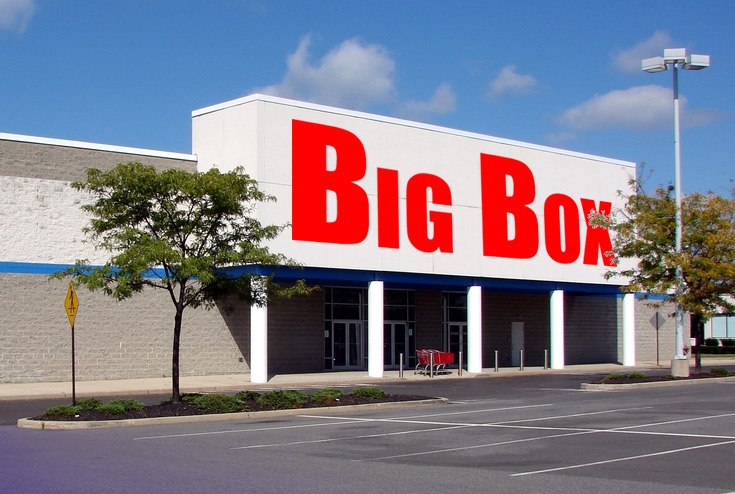An epidemic of closures has plagued the retail industry in the first quarter of 2017, a trend that will likely continue through the rest of the year. Credit Suisse recently released a report indicating that more than 8,600 brick-and-mortar stores will likely shut down before the year’s end, over four times the number closed in 2016, and 2,000 more than were closed during the record-setting 2008 financial crisis.
The primary businesses affected are physical locations of large retail chains. Companies such as Bebe, Staples, JC Penney, Payless Shoes, and Macy’s have all announced massive closures. The closing of large department stores is a particular problem for malls where a big store serves as an anchor allowing for smaller tenants. These closings have already caused a loss of 40,000 retail jobs.
Large online stores such as Amazon in the US (and Alibaba in China) are largely to blame, offering discounted prices and appealing free shipping packages. It could also be argued that when Americans do go out to shop, they are now looking for more localized, personal experiences than these major retail chains have to offer. Millennials also tend to spend less money on physical goods, and more on experiences such as travel and entertainment.
Not all store chains are suffering from this trend, however. Discount stores such as TJ Maxx and Dollar General as well as fast fashion outlets are still doing well. Their success seems to indicate that Americans are still worried about spending too much money, an indicator of a soft economy.


Recent Comments